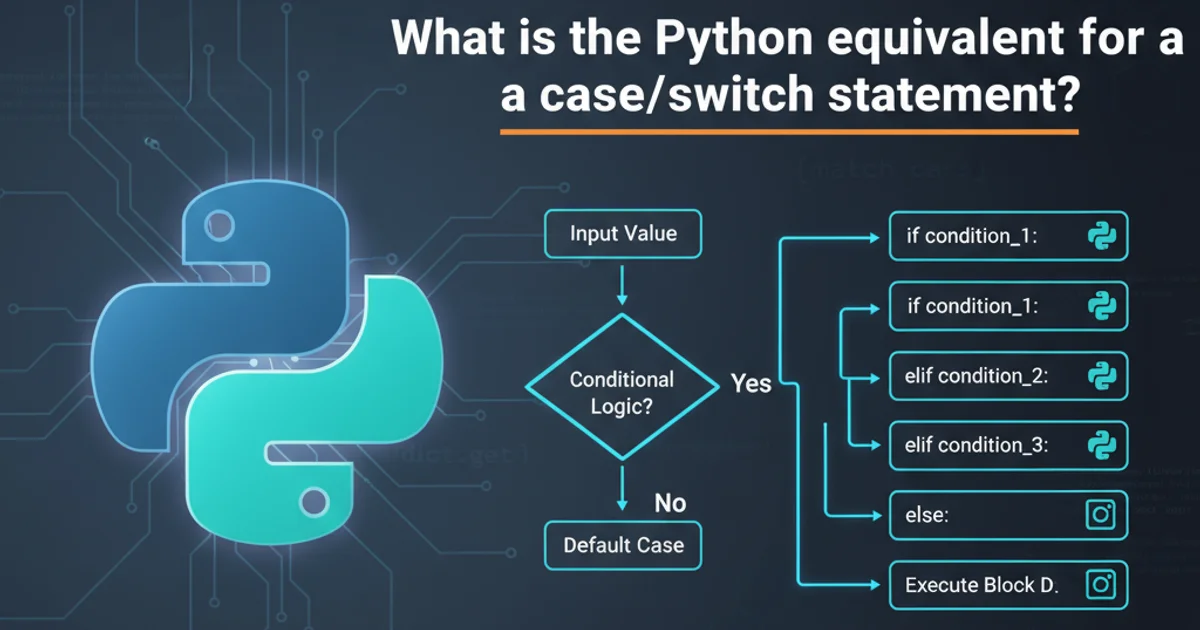BufferedWriter advantages
Categories:
Unlocking Performance: The Advantages of BufferedWriter in Java I/O

Explore how BufferedWriter enhances Java I/O operations, improving performance and efficiency when writing character data to streams.
When dealing with character-based output in Java, developers often face a choice between direct writing to a stream or utilizing a buffered approach. The BufferedWriter class, often paired with FileWriter or PrintWriter, stands out as a crucial component for optimizing I/O performance. This article delves into the core advantages of BufferedWriter, demonstrating why it's a preferred choice for efficient data writing.
The Core Problem: Frequent Disk Access
Writing data directly to a file or network stream character by character or byte by byte can be incredibly inefficient. Each write operation typically involves a system call, which is a relatively expensive operation. These system calls require switching from user mode to kernel mode, incurring overhead. For small, frequent writes, this overhead quickly accumulates, leading to poor application performance.
flowchart TD
A[Application] -->|Write Character| B{System Call}
B --> C[Disk/Network I/O]
C --> D[Application Continues]
D -- Repeated for each character --> A
style A fill:#f9f,stroke:#333,stroke-width:2px
style B fill:#bbf,stroke:#333,stroke-width:2px
style C fill:#bfb,stroke:#333,stroke-width:2px
style D fill:#f9f,stroke:#333,stroke-width:2pxDirect I/O: High overhead due to frequent system calls for each character write.
How BufferedWriter Optimizes Performance
BufferedWriter addresses the inefficiency of direct I/O by introducing an internal buffer. Instead of writing each character immediately to the underlying stream, BufferedWriter accumulates characters in this buffer. Once the buffer is full, or when explicitly flushed, the entire buffer's content is written to the underlying stream in a single, larger operation. This significantly reduces the number of costly system calls, leading to substantial performance gains.
flowchart TD
A[Application] -->|Write Character| B{BufferedWriter Buffer}
B -- Buffer fills --> C[BufferedWriter]
C -->|Flush Buffer| D{System Call}
D --> E[Disk/Network I/O]
E --> F[Application Continues]
style A fill:#f9f,stroke:#333,stroke-width:2px
style B fill:#bbf,stroke:#333,stroke-width:2px
style C fill:#bfb,stroke:#333,stroke-width:2px
style D fill:#bbf,stroke:#333,stroke-width:2px
style E fill:#bfb,stroke:#333,stroke-width:2px
style F fill:#f9f,stroke:#333,stroke-width:2pxBuffered I/O: Characters are collected in a buffer, reducing system calls.
import java.io.BufferedWriter;
import java.io.FileWriter;
import java.io.IOException;
import java.io.PrintWriter;
public class BufferedWriterExample {
public static void main(String[] args) {
String fileName = "output.txt";
String content = "This is a test string to write to a file using BufferedWriter.";
// Using BufferedWriter with FileWriter
try (BufferedWriter writer = new BufferedWriter(new FileWriter(fileName))) {
writer.write(content);
writer.newLine(); // Writes a line separator
writer.write("Another line.");
System.out.println("Successfully wrote to " + fileName + " using BufferedWriter.");
} catch (IOException e) {
System.err.println("Error writing with BufferedWriter: " + e.getMessage());
}
// Using BufferedWriter with PrintWriter (for convenience methods like println)
try (PrintWriter printWriter = new PrintWriter(new BufferedWriter(new FileWriter("print_output.txt")))) {
printWriter.println("This line was written using PrintWriter with BufferedWriter.");
printWriter.printf("Formatted output: %d + %d = %d%n", 10, 20, 30);
System.out.println("Successfully wrote to print_output.txt using PrintWriter.");
} catch (IOException e) {
System.err.println("Error writing with PrintWriter: " + e.getMessage());
}
}
}
Demonstrates basic usage of BufferedWriter and its combination with PrintWriter.
FileWriter or other character output streams with a BufferedWriter for better performance, especially when writing large amounts of data or performing many small writes. The overhead of buffering is minimal compared to the gains from reduced system calls.Key Advantages of BufferedWriter
Beyond just performance, BufferedWriter offers several other benefits:
1. Reduced I/O Operations
By consolidating multiple small writes into fewer, larger writes, BufferedWriter drastically cuts down the number of actual I/O operations performed on the underlying stream or file. This is its primary performance benefit.
2. Improved Throughput
Fewer system calls mean less time spent context switching between user and kernel modes, leading to higher data throughput and faster overall execution of I/O-bound tasks.
3. Convenient newLine() Method
BufferedWriter provides a newLine() method that writes a platform-specific line separator. This is more robust than hardcoding \n or \r\n, as it ensures your output files are correctly formatted across different operating systems.
4. Flexibility with PrintWriter
While BufferedWriter handles buffering, PrintWriter offers convenient methods like println(), print(), and printf() for formatted output. Combining PrintWriter with BufferedWriter (e.g., new PrintWriter(new BufferedWriter(new FileWriter(...)))) gives you both buffering performance and ease of use.
5. Automatic Resource Management (try-with-resources)
Like most Java I/O classes, BufferedWriter implements AutoCloseable. This allows it to be used within a try-with-resources statement, ensuring that the buffer is automatically flushed and the stream is closed, even if exceptions occur. This prevents resource leaks and data loss.
flush() or close() a BufferedWriter to ensure all buffered data is written to the underlying stream. If you don't, some data might remain in the buffer and never make it to its destination. Using try-with-resources handles this automatically.